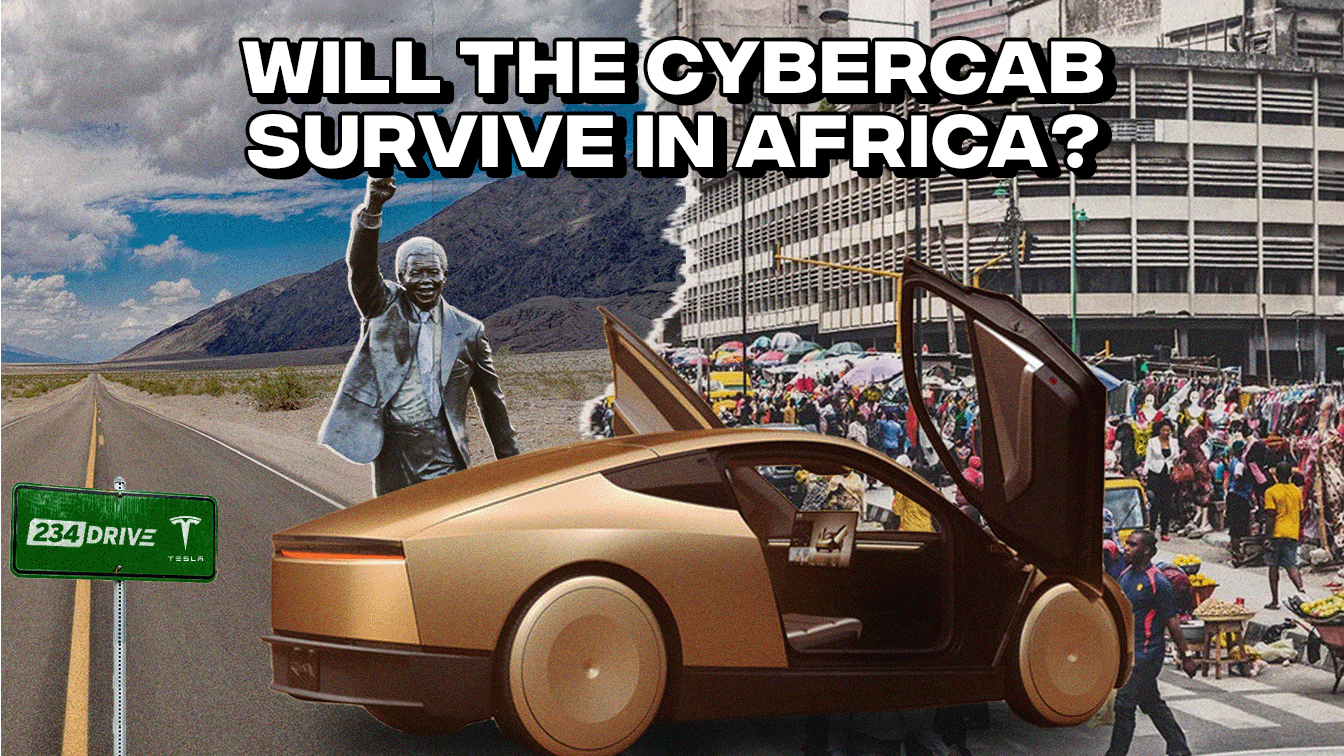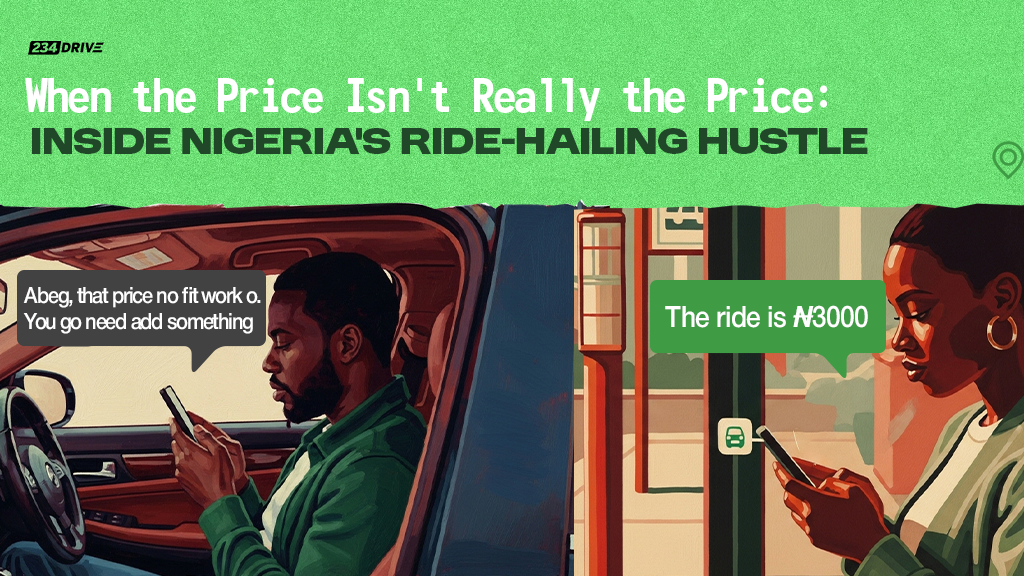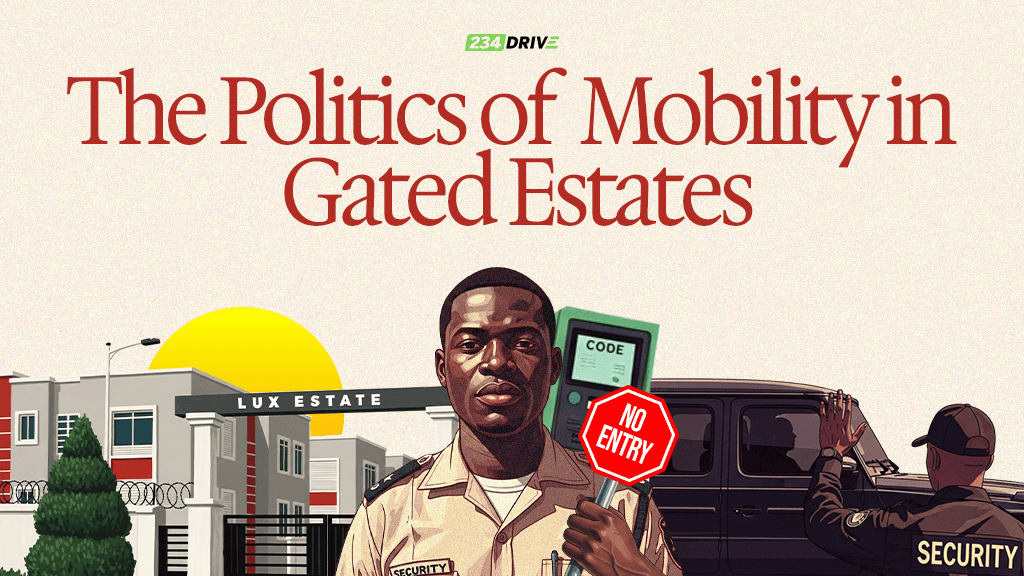The Tesla Cybercab was unveiled at the Warner Bros Studios in Burbank, California earlier in the month. Details regarding when the Cybercab will be available for purchase was not disclosed. However, Elon Musk promised that it will be available before the end of 2027. The Cybercab is going to be fully autonomous, having neither a steering wheel, nor gas or brake pedals. The passenger will simply board the car and be transported from point A to B safely and seamlessly.

A major goal of the Cybercab is to reduce the overall cost of owning a vehicle. The Cybercab is projected to cost less than 30,000 USD, which is about 50 million naira . In contrast, some second-hand or ‘tokunbo’ cars are priced at well over 50 million naira. So, the thought of being able to purchase a brand new Tesla for less is good news. The Cybercab is an electric vehicle, better known as an EV.
So, What Exactly Is an EV?
An EV is a vehicle that can be powered by an electric motor which draws electricity from a battery and is capable of being charged from an external source. I like this particular definition of an EV, because it fully captures the essence of what an electric vehicle is. Contrary to popular opinion, EVs are not a thing of the present. In fact, EVs have been around for a long time, even before the internal combustion engine. More so, while Elon Musk may have played a big role in the present day outlook of EVs, he is not the pioneer of electric vehicles. The history behind electric vehicles is an interesting one, but that is a story for another day.

In Africa, the adoption of EVs has been quite slow, compared to other continents like Europe. However, the rising cost of fuel and transportation in most African countries has encouraged the search for alternative fuel source. For example, this year has not been a great one for the owners of internal combustion engine vehicles in Nigeria. The one thousand naira mark for a litre of fuel was broken earlier in the year and for the first time, I considered owning an EV in Nigeria.
The adoption of EVs in Africa, so far;
There are 54 countries in Africa and only a handful have been able to adopt EVs into their automotive system. The leading countries for EV adoption being South Africa, Morocco and Kenya. As of 2020, there were already about 6,000 electric automobiles in South Africa. Moreso, the South African Trade Minister announced that they were exploring the possibility of manufacturing their own EVs. The first electric vehicle fully manufactured in the country is expected by 2026. As for Morocco, as of 2022 there were 10,000 hybrid vehicles in the country, according to ‘Société Nationale des Autoroutes du Maroc ’, Morocco’s national authority for the management of expressways. In Kenya, there were 3,753 EV registrations as of 2023. But between July to December 2023, 2694 new EVs were registered, making a total of about 6,000 EVs in Kenya as of December 2023.

Aside from the aforementioned African countries, others like Tanzania, Angola, Ghana, Rwanda, Egypt, Ethiopia, as well as Benin Republic have been making headway with EV adoption. Unfortunately, Nigeria does not make the top ten list in Africa yet. I place emphasis on the word ‘yet’, because Nigeria is beginning to experience some growth in EV adoption. Earlier in the year, an African EV company called Spiro, launched operations in Ogun State, Nigeria. The appeal of the Spiro motorcycles is centred on battery swapping. This will allow riders to exchange depleted batteries for fully charged ones at swapping stations. Furthermore, Lagos Ride, a state-owned ride-hailing platform, announced a $260 million investment to acquire 5,000 new vehicles earlier in the year, with 1,000 of these vehicles being electric ones. We can now see that EV adoption is slowly taking shape in Nigeria and other countries across Africa.

Where Does the Cybercab Fit into All of This?
The Cybercab is not just an electric vehicle, but a fully autonomous electric cab. An electric vehicle is manned by a human personnel, being either its owner or a designated driver. Conversely, the Cybercab is not manned by any human personnel at all. Yes, you might argue that there are self-driving features on most EVs, but the overall control of these vehicles still rests in the hands of the one who wields the steering wheel. On the other hand, the Cybercab has no steering wheel or pedals. This feature makes it the first fully autonomous vehicle and therein lies the first problem. Africans are not so trusting! Africans are known to be very superstitious people who value their lives above anything else. Not many Africans will be willing to put their lives and families in the hands of an autonomous, or should I say, imaginary driver.

Scenario One
For this aspect of the article, I would like us to employ the use of our imaginations. Take for instance, a certain African lady who boards a Cybercab to transport herself to the market. I deliberately make use of an African market scene in this analogy, because of its chaotic nature. So, the Cybercab makes its way to the busy market centre. But on approaching the market, it is met with a traffic jam caused by other impatient manned cabs.

The blind spot sensors on the Tesla Cybercab are on full alert at this point, because of the other manned cabs inches away from its aluminium body work. The supposedly dual carriageway shown on the vehicle’s Google Maps, has suddenly merged into one because of the street vendors literally selling by the road side. With so much chaos around the Cybercab, it comes to a dead stop, leaving both you its passenger and itself stranded in the middle of the road. I trust other drivers to be blaring their horns, while screaming curses at you and the Cybercab at this point in time.
Scenario Two
Maybe a market scene is too harsh of an environment for the Tesla Cybercab. Why not place the Cybercab in a posh location and picture another scenario. So, you hail down a Cybercab in your estate and hop in. Your destination is barely ten minutes away, so what could possibly go wrong? For a fully autonomous vehicle to operate, it needs a sense of guidance coming from an internet source. Well, this is Africa and sometimes the internet connection disappears without prior notice.
You suddenly have your Cybercab come to a halt in transit. Better still, you get into a Cybercab and input a destination, but due to poorly mapped out road network, the Cybercab ends up taking you to a totally different location. There are endless possibilities of things that could go wrong and it is no fault of the Cybercab. These aforementioned imagined instances bring me to the challenges of EV adoption in Africa, with the Tesla Cybercab being a study case.
Challenges to EV adoption in Africa
The first is a lack of proper road layout in many African countries. Looking for a location with the Google Maps app is tricky enough for a human driver, let alone a fully autonomous vehicle. More so, only two passengers can fit into the Cybercab at a time . Africans are known for having relatively large families, with an average family consisting of parents and two children. This means that four passengers need to be taken from point A to B. Hence, one Cybercab does not have enough capacity for an average-sized African family. Other factors include infrastructure deficiency, like insufficient service stations for these vehicles. In Nigeria for example, there is not a single public charging station for EVs. With so many drawbacks, it is safe to say Nigeria and a number of other African countries would simply be a death trap for the Tesla Cybercab.

The Way forward for EVs in Africa
Regardless of these drawbacks, properly placed governmental policies will play a crucial role in the Tesla Cybercab’s survival in Africa. Elon Musk promised a starting price below 30,000 USD (50 million naira), but with import duties and tax, this initial price would double. It would then be important for the Government to exempt electric vehicles from Value Added Tax (VAT) and import duties like in Rwanda. Also in Rwanda, several policies to support EV adoption, include providing rent-free land for constructing charging stations.
In Ghana, there are also plans to waive import duties on EVs for the next eight years. In addition, Angola has placed import and vehicle tax reductions until 2032. If only Nigeria and other African countries could adopt such policies, it would be easier to adopt the Cybercab. The more a product is in circulation, the more infrastructure that is geared towards its continuity.

In conclusion, the economic reality in Africa means that the Tesla Cybercab and EVs in general, remain out of reach to many Africans. The high upfront cost is still a major barrier for most potential Cybercab owners. EVs are the future of the automotive world and the Cybercab is the future of public transportation. It may take some time for Africa to fully accommodate the Cybercab, but someday it will. On a scale of 1 to 10, where do you place the survival rate of the Cybercab in Africa?










